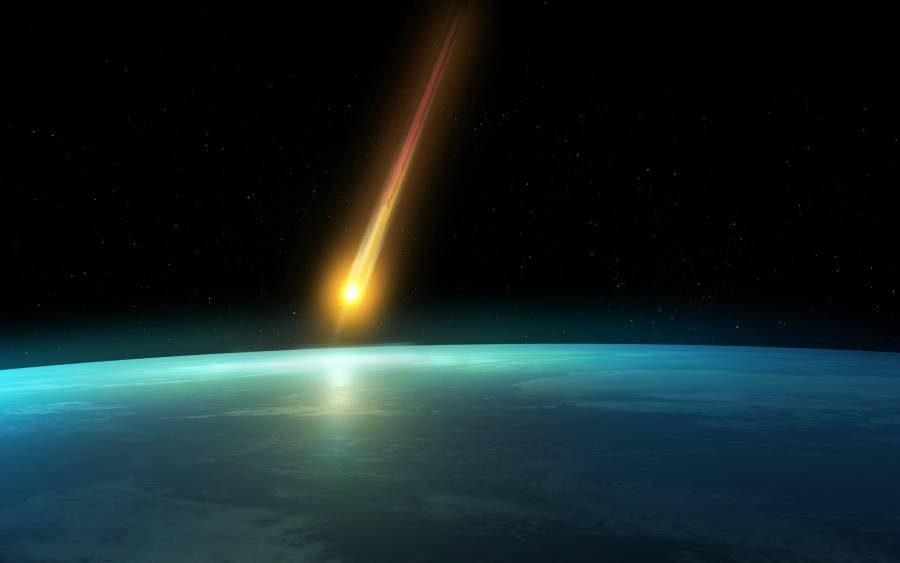A few months ago, the NASA released a report saying the agency had spotted two unidentified massive objects traveling in Earth’s direction. The specialists said one seemed to be a comet, but the other remains a mystery.
The comet will pass by Earth this week. NASA named it 2016 WF9. The other object will make an appearance inside our orbit in February.
NASA’s NEOWISE project detected both bodies last November. The second unidentified flying rock subsequently received the name of 2017 WF9.
What does NASA know?
2016 WF9 has a size of approximately 0.3 to 0.6 miles across and follows an orbit that will take it across our entire Solar System. At its farthest point from the Sun, it locates near Jupiter’s orbit, later traveling towards our planet.
This object, which some scientists identify as a possible asteroid, then takes approximately 4.9 years (in Earth’s time) to pass the main asteroid belt, Mars’ orbit, and then step in our vicinity. There is some debate within the Agency as to whether this object is a comet or an asteroid.
“2016 WF9 could have cometary origins. This object illustrates that the boundary between asteroids and comets is a blurry one.” said James Bauer, Deputy Principal Investigator at NASA. “perhaps over time this object has lost the majority of the volatiles that linger on or just under its surface.”
Differences between comets and asteroids
Comets usually identify as such because they have tails called comas. These tails appear when the Sun boils various components found in the comet’s rock, such as water.
A comet’s tail, because of this, should always point away from the Sun. Asteroids do not have a tail and are simply large space rocks that don’t count as planets or comets.
In recent times, scientists have discovered that comets and asteroids are not that different. Their internal makeup is remarkably similar, though comets tend to have a larger content of ice.
Will 2016 WF9 be visible?
NASA is currently checking up on data sent by their WISE (Wide-field Infrared Survey Explorer) spacecraft. The comet might appear in the south-eastern section of the firmament some time before dawn this week.
2016 WF9 will then move farther south for a few days and reach its closest point from the Sun on January 14 before heading out our orbit again. The comet will reappear thousands of years after today.
Source: Cambridge News



